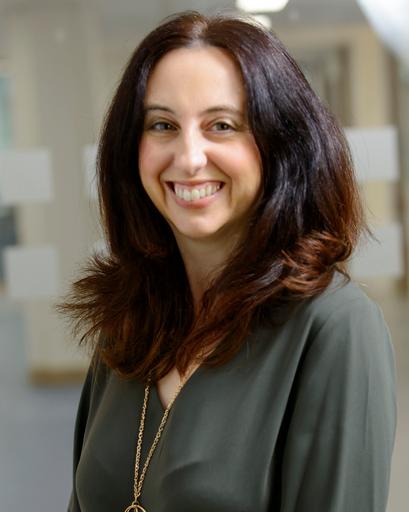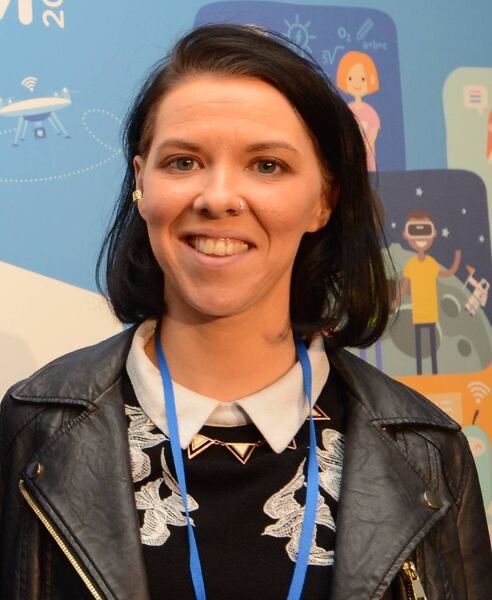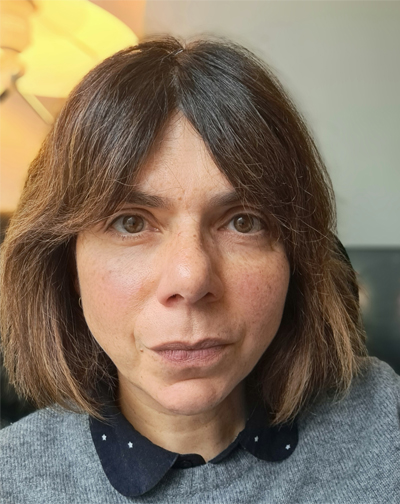On November 23, when I saw tweets about army tanks arriving in Dublin I believed them and was panicked by the escalation. I felt foolish when they were debunked. How could I have verified that?
Answer by Ciaran O’ConnorSee answer Close answer
Claims that the army was deployed to Dublin city center on the night of Thursday 23 November were shared in the midst of a live, developing situation where many things were happening at once and rumours, misinformation and lies often circulate in real time online and offline. Many people believed the images were real and current.
To add to the misleading nature of the claim, this was not the only image posted online that claimed the army were being deployed to the city, so, in the context of a live situation like this, it’s not surprising that the claim was shared as true and deceived lots of people online.
The particular image was especially deceptive because the original tweet featuring it that went viral made the explicit claim (which was false) that it showed tanks on the streets of Dublin that night. The image depicted a scene at night, which lined up with real world events happening at night time, but beyond that, there were no details to suggest the date that photo was taken.
To verify the location, there were some clues that were helpful. In the background was a white building with a yellow sign. By zooming in on the image you could just about make out that it said “Doyle.” You could then have Googled “Doyle” “Dublin” and you probably would have got a lot of results about the two different Doyles pubs on College St and Phibsborough.
If you opened Google Maps and searched “Doyle” over Dublin, you would have received a list of many businesses with Doyle in the name. There’s a lot of businesses but, by process of elimination, you could have checked each and reviewed the front of their buildings to see if it was a match for the building in the photo.
One of the results was JP & M Doyle, a real estate agent in Terenure. Their building features the same yellow “Doyle” sign as seen in the image, verifying the image was taken in Dublin.
This of course is a time consuming process that is usually mostly done by journalists and researchers and online users may not have the time to devote to verification like that. If you were following events online, you could have also done your own search for something like “Dublin” “army” and reviewed the online posts from others to see if someone else had commented on or debunked the claim that the army was deployed.
If you searched that on X (formerly known as Twitter) on Thursday, you might’ve seen this tweet stating the photo was taken in Terenure but also helpfully noting that army vehicles pass through here regularly on their way to/from the nearby Cathal Brugha Barracks.
That still doesn’t confirm when the image was taken, which was really at the heart of this false claim. For that, it’s important to rely on credible, trusted sources of news and information or official organisations at the heart of the claim.
In this instance, with an army deployment, you could expect the Defence Forces to issue a statement announcing an operation – or – confirming the image was unrelated to November 23. That’s what they did with this post on Twitter stating the image was “from a separate routine operation and have no connection to this evening’s events.”






